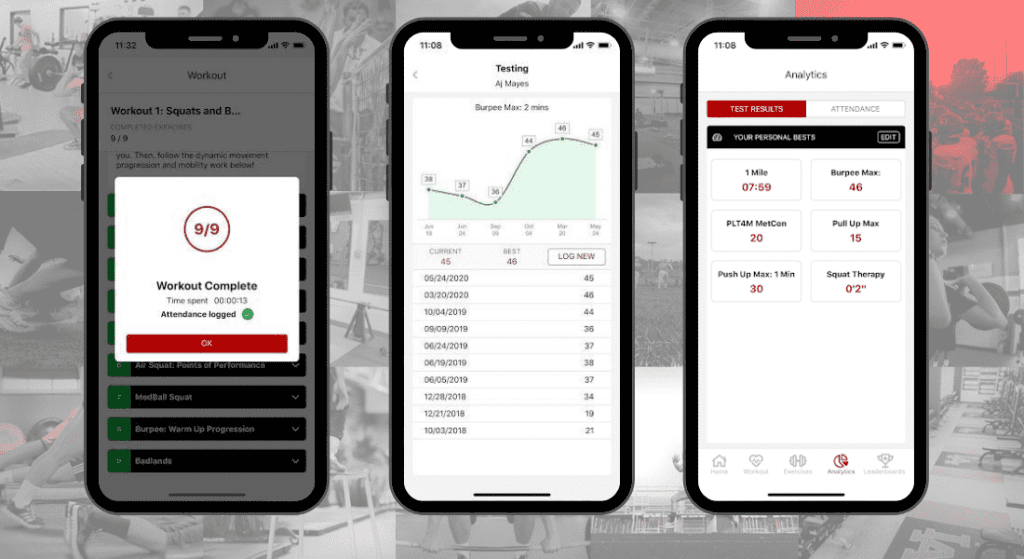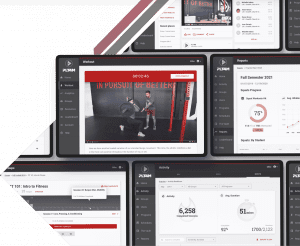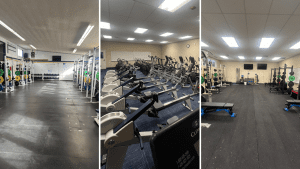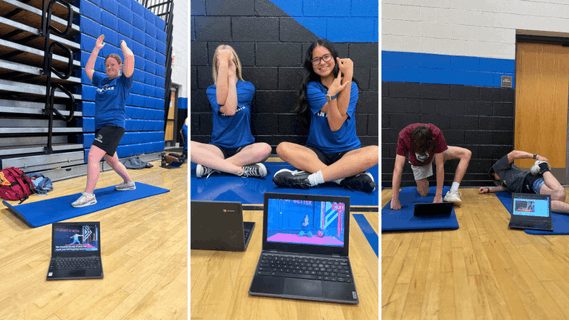The use of data and assessments in PE class has long be debated, and its popularity and adoption has seemed to ebb and flow ever since the launch of the Presidential Fitness Test in 1966 until its end in 2013.
Recognizing the importance of fitness and activity in our youth, tests like the Presidential Test and Fitness Gram were created to provide schools with a benchmark of performance for students.
For example, those scoring in the top 15% of the Presidential Fitness Test received an award, while the Fitness Gram provided teachers with data to see how each student ranked on a national scale.
And while well-intentioned, this social comparison to peers well beyond their own demographic could be just as much of a deterrent to student effort as a motivator of it. As comparative data went out of favor, so too did these long standing PE benchmarks. The inability to continue them during Covid seemed to provide the final nail in the coffin.
But, we would be remiss if we didn’t ask, can data and assessments still serve a role in Physical Education?
One teacher in Nebraska has discovered that data and assessments can not only be a powerful tool for teacher evaluation, but a significant motivator of student effort, and a way to develop support from administrators.
Harness the Power of Data
See how PE Departments across the country are personalizing the student experience in PE and rethinking their approach to data
Leveraging Data for Students, Teachers and Admins
Brandon Siegel is a K-12 PE teacher in Fullerton, Nebraska, and serves as the SHAPE President for the state. For him, the use of data and assessments has provided a source of harmony and collaboration between students, staff, and school administrators.
1) Students
Brandon had always been a proponent of data tracking, believing that showing students the results of their labor was vitally important to sustaining their effort. But the process of logging things in notebooks and loose leaf paper proved to be far more work than it was worth.
The data was hard to aggregate, and half the time a kid would forget to log things, or loose their log altogether. It became a source of frustration, rather than an asset for class.
Adopting PLT4M, Brandon was able to bring all data collection online while automating the students’ efforts to log results, and streamlining his ability to provide kids with tangible, visual results.
“The students absolutely love to see growth – it helps them feel good about themselves. In the past, tracking and producing results for so many kids just wouldn’t have been possible. Now, it’s simple.”
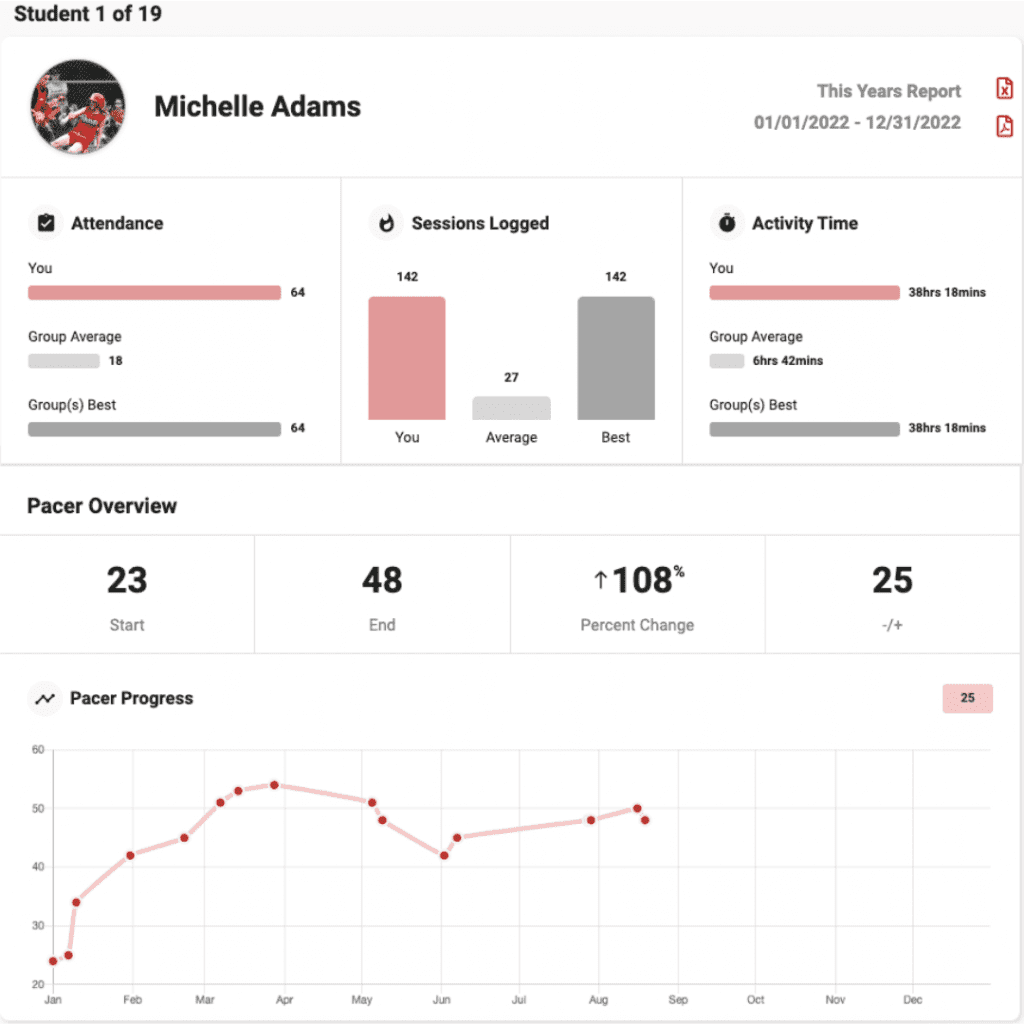
Brandon continues, “The data and assessment from a student perspective is really an awesome motivating factor to keep them physically active as they continue through junior high and high school. Students love that because they can physically see the growth in themselves due to the program and how it is set up.”
It isn’t just the kids who have been coming for a long time though. The introduction of a systemized approach to data collection and assessments is benefiting first-timers as well.
“I think the biggest thing is from a student’s perspective is to encourage not only the students who have been doing things for a few years but also those first-timers. As a teacher or coach, I often say something said from you (a student) means a million times more coming from a coach/teacher because that is a peer-to-peer relationship.
I love it when I have a junior in high school that is in a class with an 8th grader who is just coming in for the first time. When the 8th grader is looking at this junior who is lifting all this weight and doing all these impressive things, the 8th grader will say, ‘I want to do that.’ The junior will just say, ‘Follow the program and trust the process,’ because they’ve seen the visual proof of its effectiveness.”
Ready to Learn More?
Schedule a free 10 minute consultation to see how PLT4M can help you integrate data and fitness into a potent PE curriculum
2) Teachers
Beyond the impact on student behavior, a process of data collection and analysis can have tremendous advantages for teachers.
“From the teacher’s perspective, I love it because I can check in on my students. I can see growth, but I can also see a lack of growth. I can see where I might want to change some things or redirect a student, or maybe work with a student a little bit more.
It is hard when you have a class of 30 kids, and you only have two eyes. You are trying to keep an eye on everyone, but you can’t. If I can connect to a computer or phone after a class and review what everyone did, maybe I can see that they failed a test set, and we can revisit things. It allows me to keep tabs on all of my students in class.”
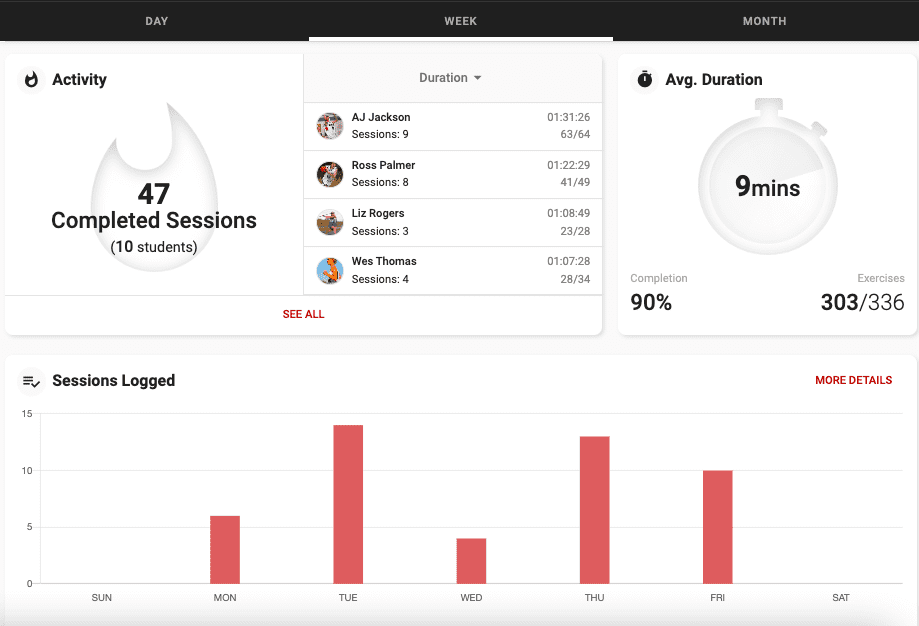
Knowing that students activity and data is being logged throughout the class, teachers don’t have to worry as much about keeping kids on tasks and making sure everyone is doing what they are supposed to.
Rather, teachers are freed to float amongst students, providing individual instruction and support where needed, knowing that they can assess things like participation and progress after each class.
3) Administrators
From an Administrators perspective, the needs are different. They aren’t concerned with the daily activity of students, or what workouts are being completed. Instead, Admins want to know what the overall impact of your curriculum and program are.
“Administrators are all about the numbers, and they want to see growth and statistics. What is your curriculum doing for the kids numbers-wise? Using PLT4M, I can sit down with an administrator, whether it is my high school principal or my superintendent, and say, ‘Okay, here is what this class is doing. Here is the growth they have shown as a class. Here is the growth they have shown as individuals.”
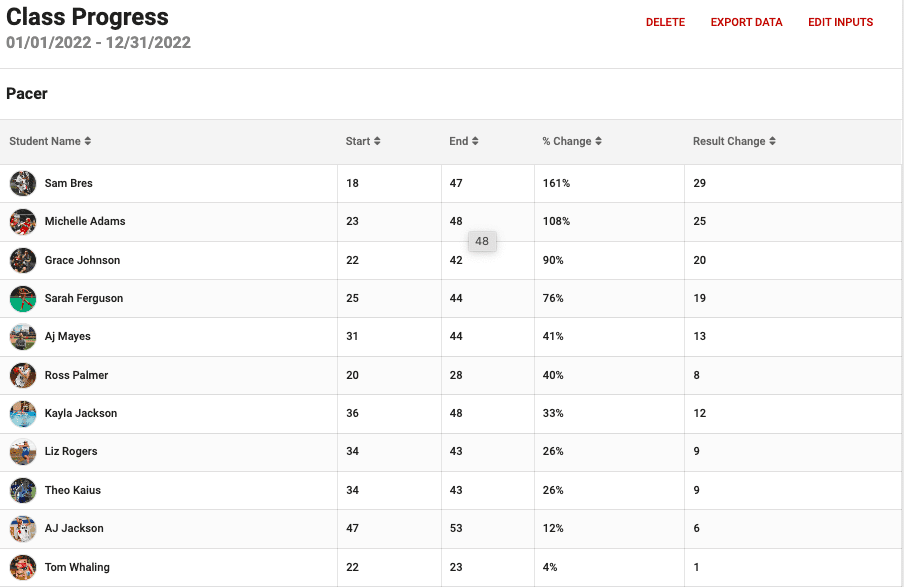
Across the country, PE Departments are fighting against marginalization, pushing for more support, arguing that Phys Ed can help solve the current student wellness crisis. But it can be hard to make that argument if the only thing you can show administrators is a games based curriculum that often lacks inclusion and participation from all students.
Having data from lifetime fitness units that shows real, tangible results is the best way to win administrative support. Schools like Fullerton where Brandon teaches, and others like Lewiston High School in Idaho and Canton High School in Massachusetts, can attest to the support that is available when data and fitness converge into a new approach to PE.
Reviewing the Impact of Data and Assessments in Phys Ed
For Brandon, being able to put the data and assessment into perspective has continued to move his PE curriculum and program in the right direction. Students can get real-time feedback and know that the work they are putting in is garnering results.
As a teacher, Brandon can manage busy classrooms with an activity dashboard and not lose sight of the long-term goals because of his ability to tap into various reports. Administrators can get what they need, when they need it, knowing that the qualitative stories of improvement they hear and see in the hallways align with the quantitative data that Brandon can present.
For each group, it has lead to confidence in a PE curriculum that is helping students to learn lifelong fitness skills, teachers to administer high-quality curriculum, and administrators to support and encourage Physical Education as a subject area. While the data might tell each group different stories, they all have a similar theme: “Fitness education at Fullerton Public Schools is a success.”
